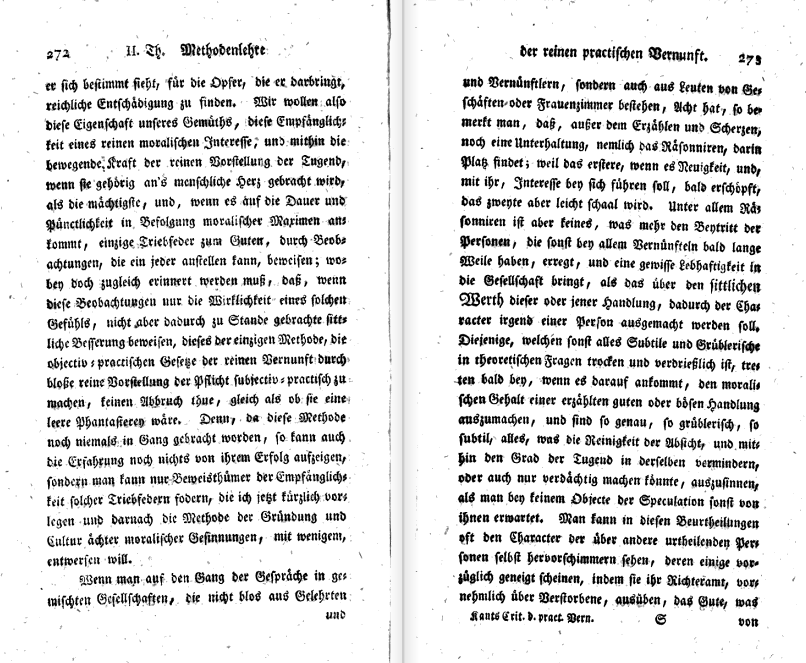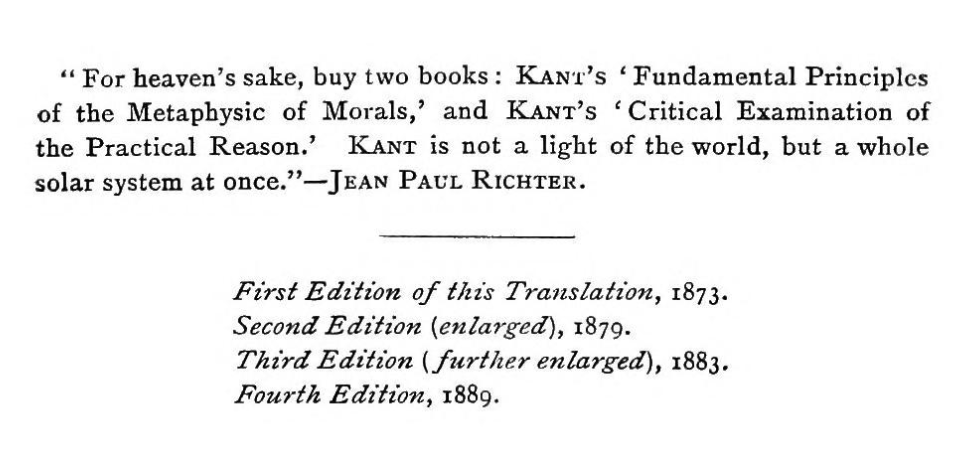Work-in-progress
Episodic reflections on work with the HW Cassirer archive at the University of Sheffield.
Digitising Cassirer in a year of COVID
As the Digital Cassirer Collection emerges online, Dr Iona Hine looks back at the process, adaptations necessitated by a year of COVID restrictions, and the tools that have helped the Collection to publication—including TEI Publisher.

Comparing versions
Guest post: Emily Burke, a student on work placement with the Sheffield Cassirer Archive, explains what her contribution has involved, with a focus on the Gospel Story as Told by Matthew.
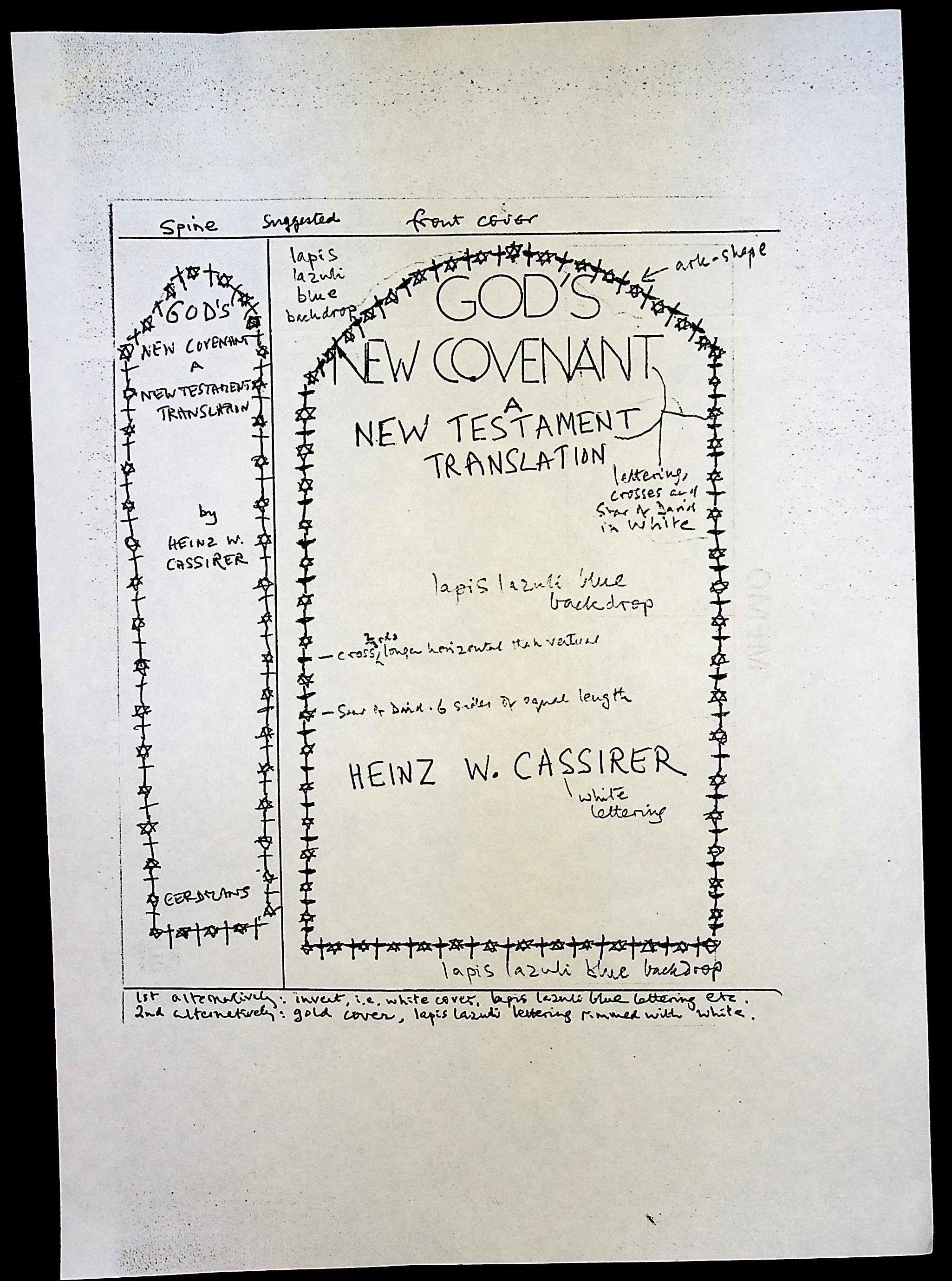
Dr Iona Hine casts light on the naming of Cassirer's New Testament, and the role of Thomas F. Torrance, inviting reflection on what it might mean to see the New Testament through Jewish(-Christian) eyes.
Read on to learn about a title declined, en route to God's New Covenant.
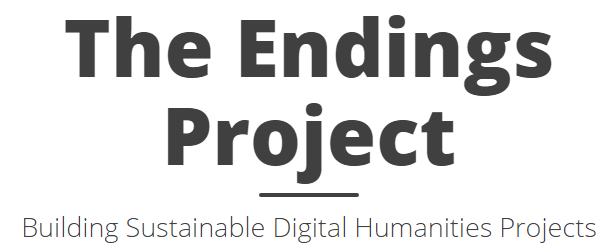
As the digitisation phase of the Sheffield Cassirer project draws to a close, DH postdoc Dr Iona Hine draws breath attending late-night symposium sessions with the Endings Project and guests. As the discussion demonstrates, data preservation is full of quandaries—read more.
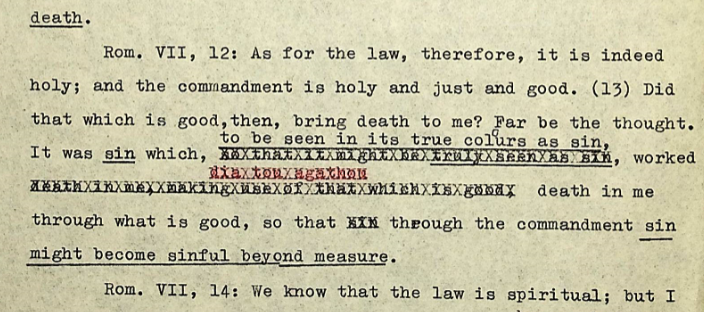
Does the process of digitising Cassirer's categories throws up more questions than answers? Perhaps. Here are some examples from category 30, "Sin". Continue reading about Cassirer's categories of Paul.

How and why does one create a diplomatic transcription of Cassirer's topical treatment of passages from Paul's New Testament letters? Continue reading this partial introduction to the digital version of Cassirer's categories (a work in progress).
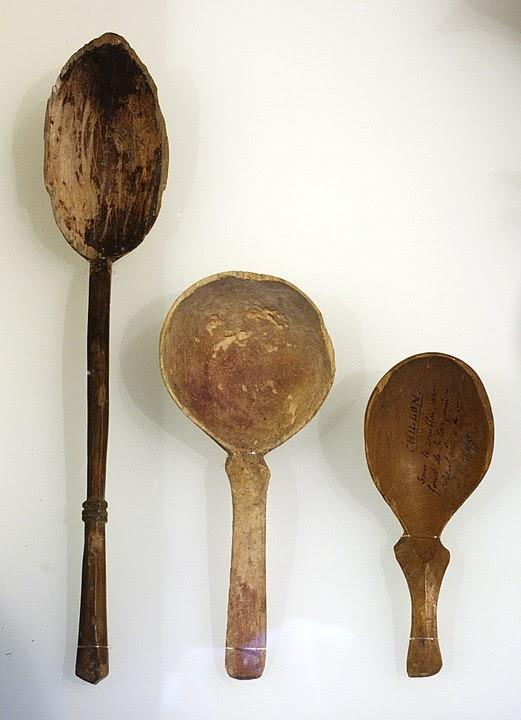
Thoughts on H.W. Cassirer's translation of Nicolas de Cusa's dialogue between a philosopher and a lay-person, published as an appendix to Ernst Cassirer's Individuum und Kosmos (1927).
Throughout Kant’s Critique of Practical Reason, in Cassirer’s translation, the thinking subject is termed “he” and reference is made to “man” and/or “men”. This is probably to be anticipated given the attitude to... [Continue reading about Kant and exclusive language.]
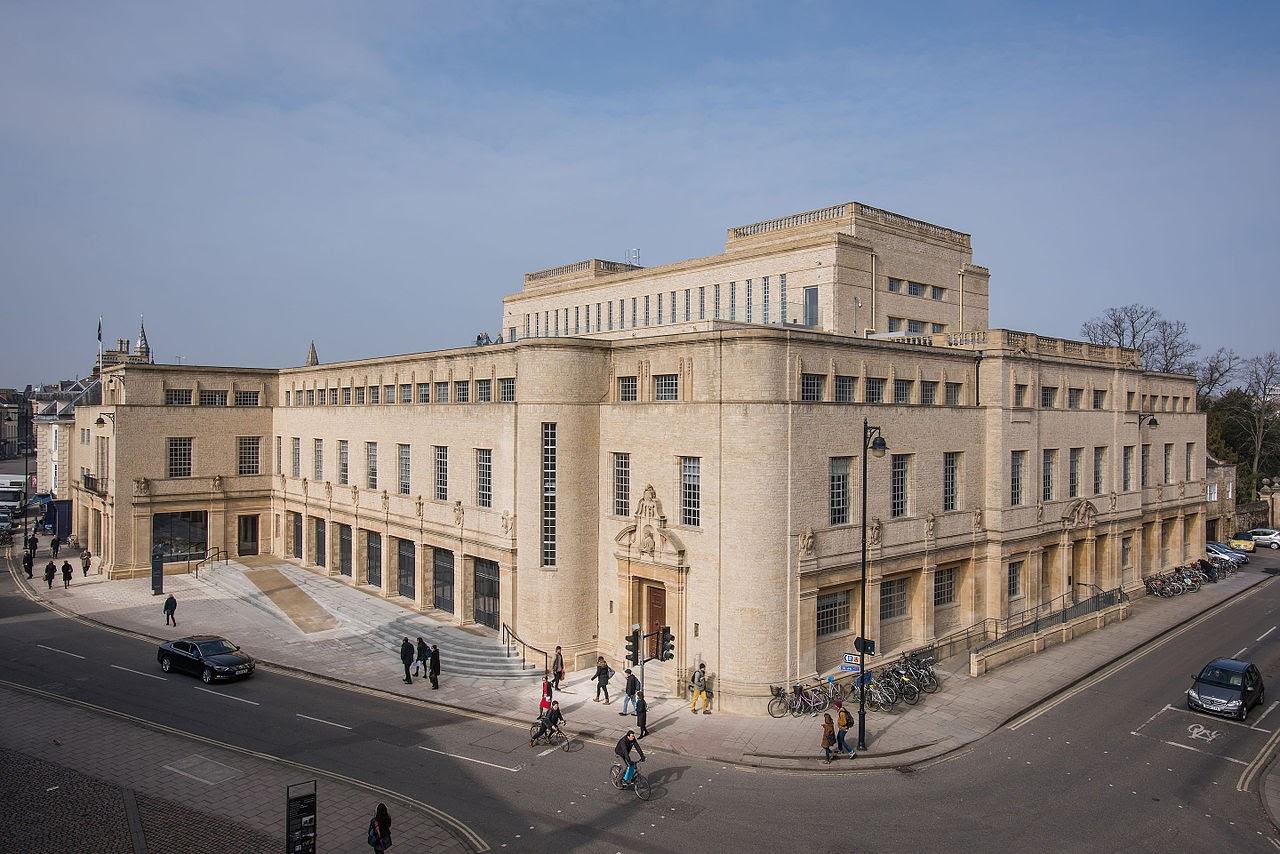
Ahead of a visit to the Society for the Preservation of Science and Learning's archives, it makes sense to at least map out why I’m going, what I’m hoping to find, and how it is relevant to the wider project. [Continue reading about the Oxford archive visit. ]
One starting point in considering the qualities of a translation is to look at other translations. In English Kant studies, it seems that Thomas Kingsmill Abbott held the field for the late nineteenth and early twentieth centuries. [Continue reading about Cassirer's translation of the Critique of Practical Reason.]


